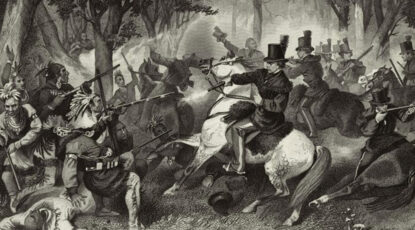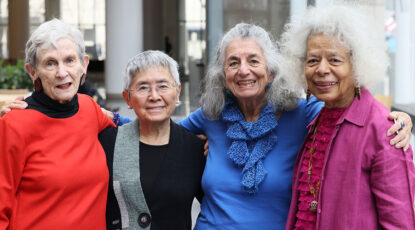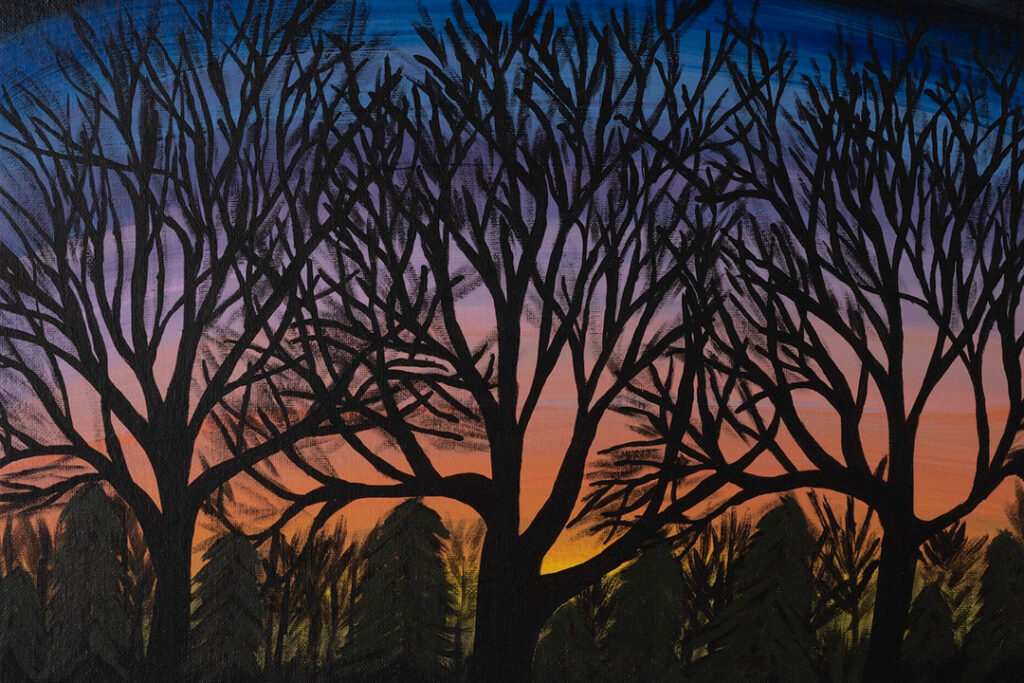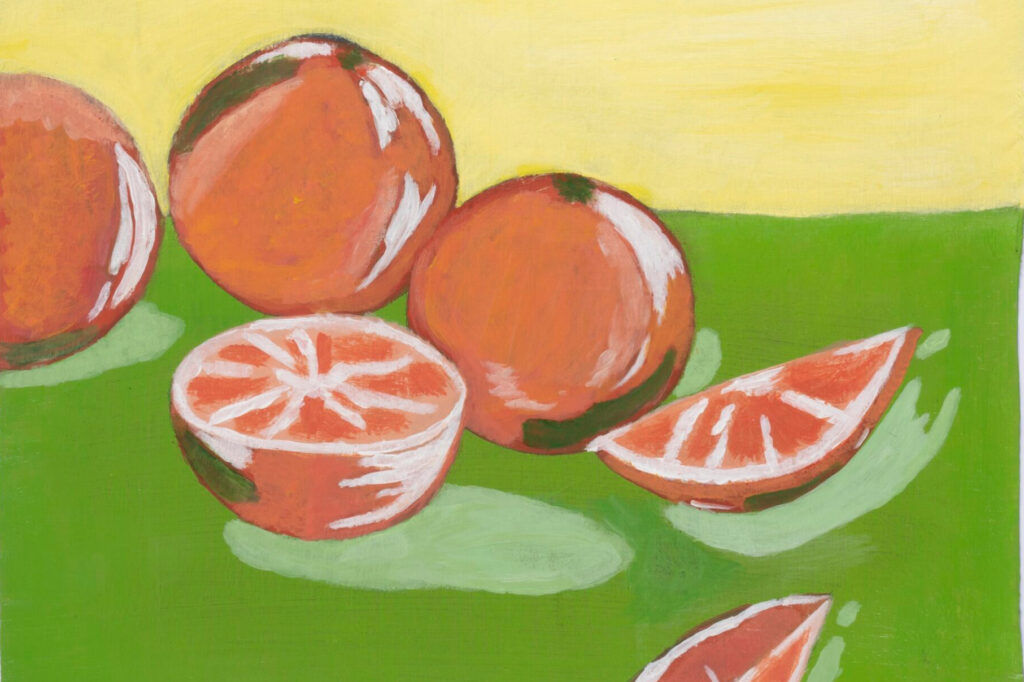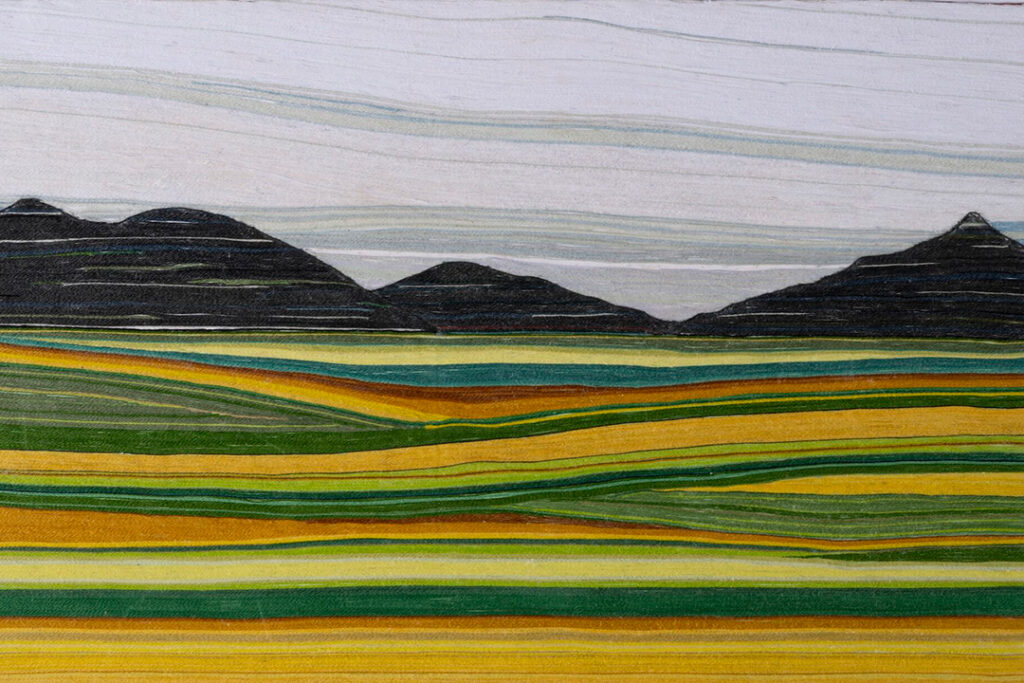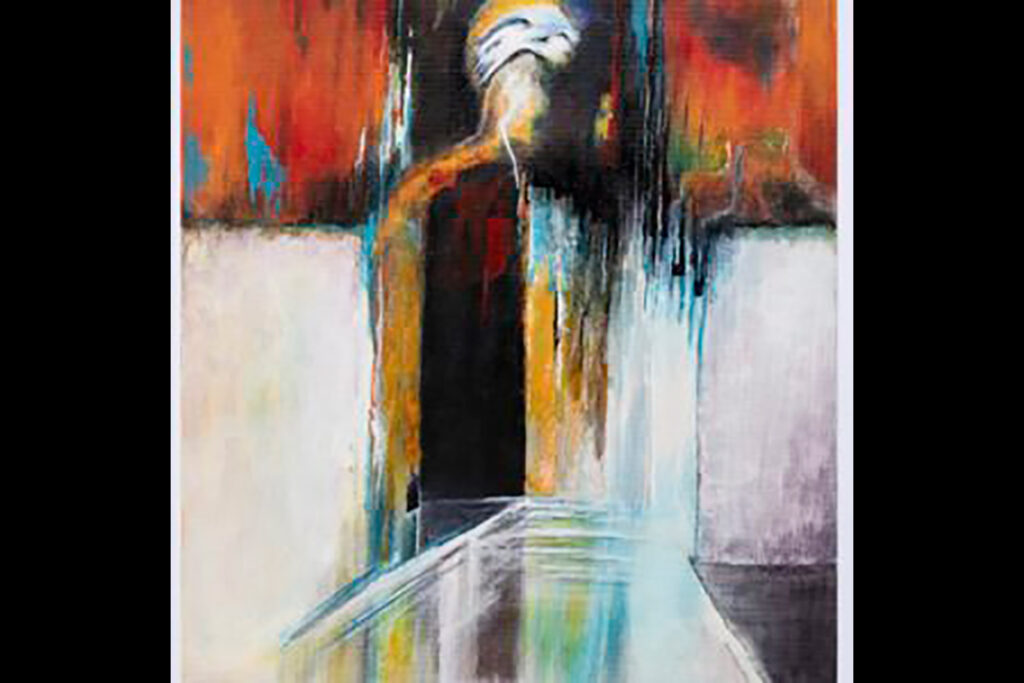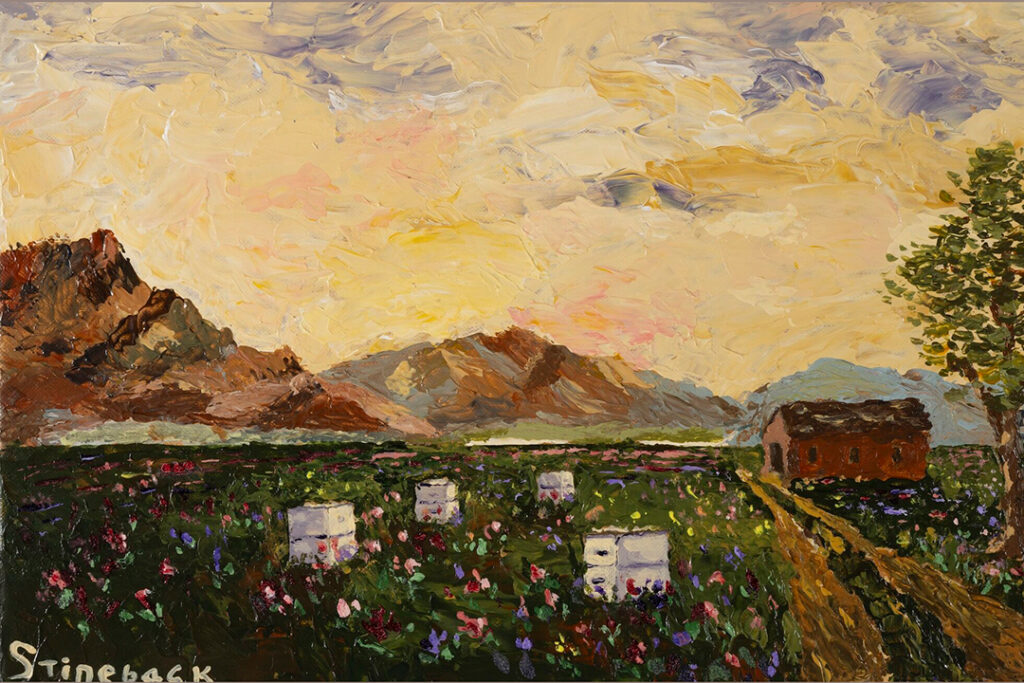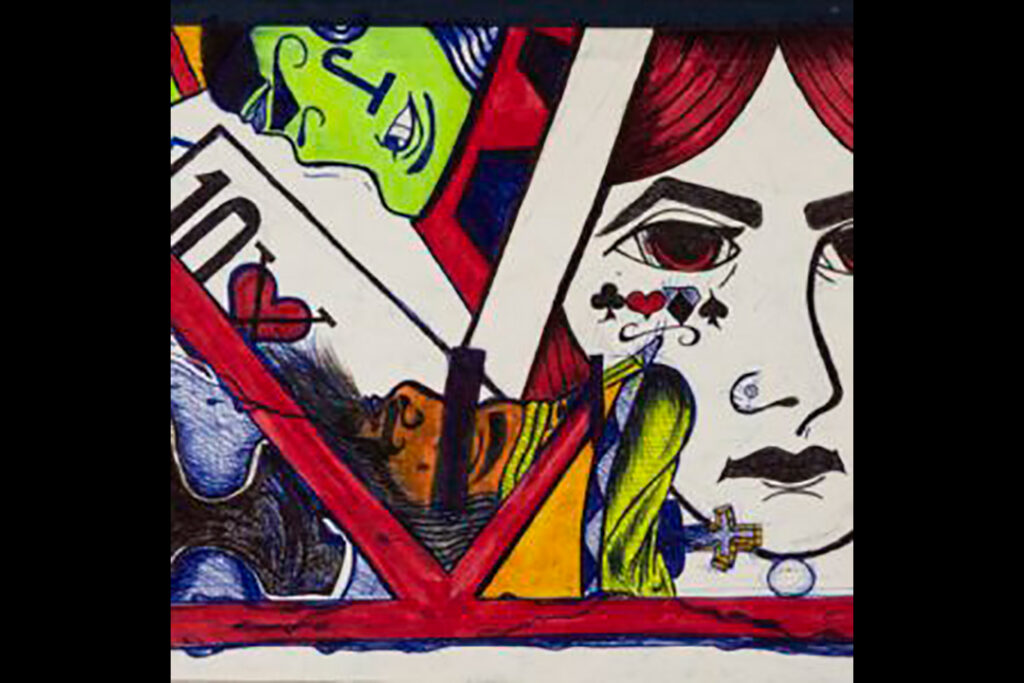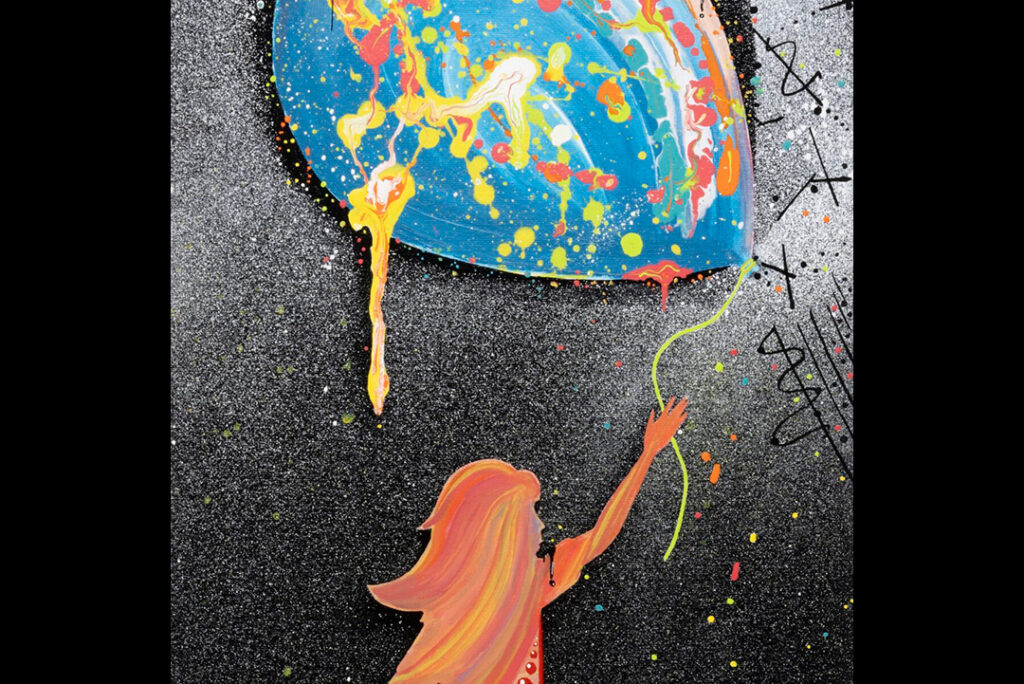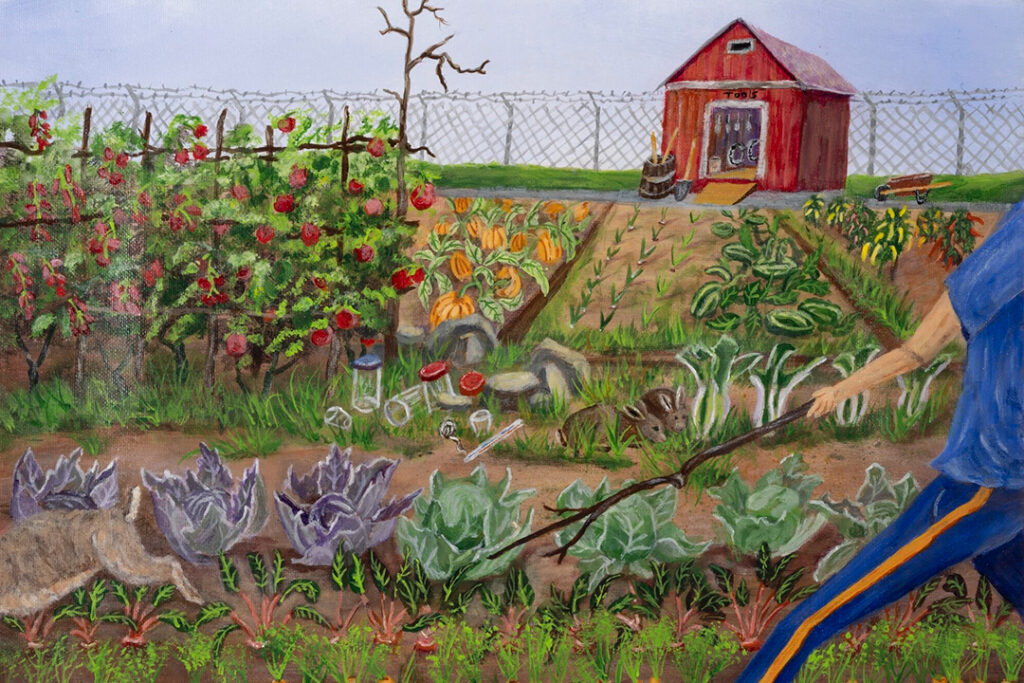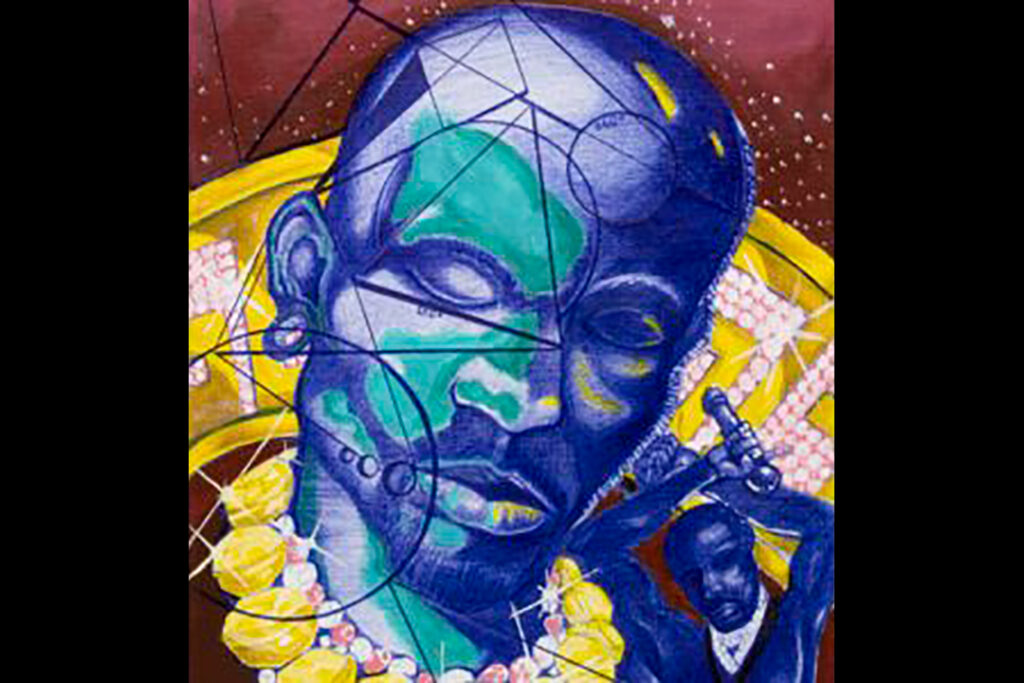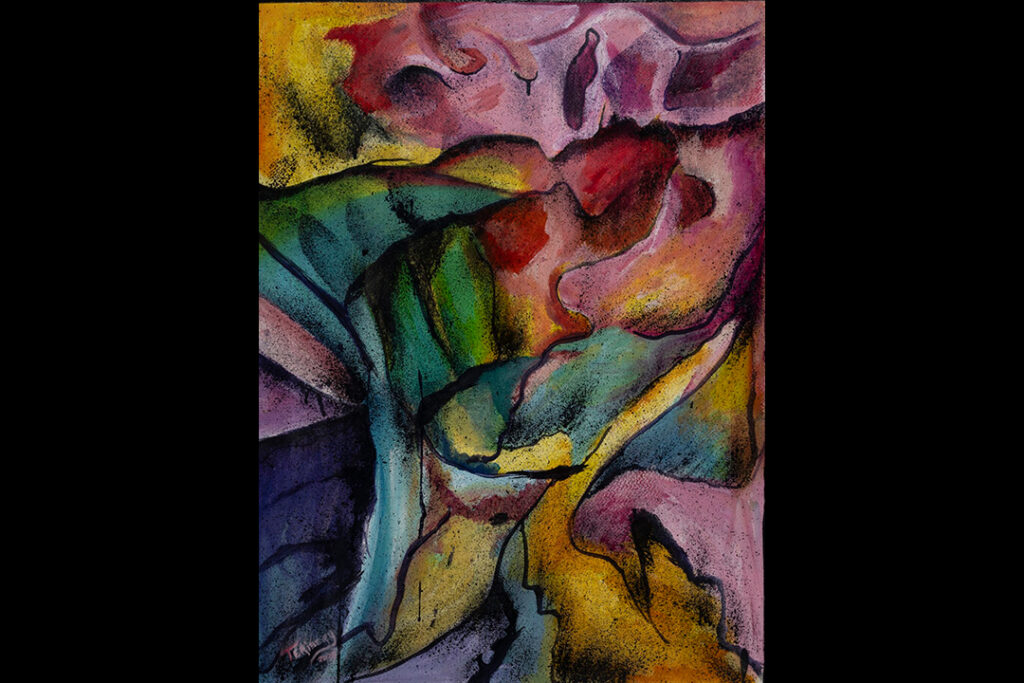The order that launched the Revolutionary War, 250 years later

The ‘shot heard ’round the world’ can be traced to one manuscript containing the orders for the Concord Expedition on April 18, 1775. The quill-to-paper draft orders, penned by British Army officer Thomas Gage, sparked the Battle at Lexington and Concord the following day. U-M’s Clements Library holds the document.
-
Snakes do it faster, better: How a group of scaly, legless lizards hit the evolutionary jackpot
A large new genetic and dietary study of snakes, from an international team led by University of Michigan biologists, suggests these legless wonders are ‘evolutionary winners.’ Massive shifts in traits associated with feeding, locomotion, and sensory processing have allowed them to be ‘evolutionarily flexible,’ researchers say.
-
Want to teach? U-M program helps solve shortage
The Michigan Alternate Route to Certification, offered in U-M’s Marsal Family School of Education, was designed for anyone with a bachelor’s degree interested in becoming a teacher in Michigan. Participants work as certified teachers (with salary and benefits) for three years while enrolled in and supported by the program to earn their standard teaching certificates.
-
Michigan Minds podcast: For lasting fitness, prioritize moving your body — not the numbers on the scale
Though it’s only February, many of the millions of people who resolved to lose weight in 2024 have already fled the dreaded bathroom scale. Focusing primarily (on) the numbers is not an effective way to track our progress, says clinical exercise physiologist Laura Richardson. Start thinking about how you feel, not how much you weigh.
-
George Gershwin’s first musical rediscovered after nearly a century
Performances by students at U-M’s School of Music, Theatre & Dance mark the first recordings with full orchestration of music from “La, La, Lucille,” George Gershwin’s first complete score, written when he was just 21 years old. The production opened on Broadway in May 1919, toured the Northeast in 1920 and California in 1922, and then was lost to history.
-
Governor Cass and the Indians
All good origin stories contain at least a kernel of myth at the center of the plot. If there’s any such myth in the University’s origins, it’s not about heroes or grandiose works. It’s an idea embedded in the Northwest Ordinance of 1787 — that these Great Lakes states should provide public education to the region’s children.
-
Unlocking the secrets of SuperAgers
SuperAgers are showing us it’s possible to enjoy quality cognition as we age, says neuropsychologist Amanda Maher. She is leading U-M’s site for the SuperAging Research Initiative, one of six hubs in the U.S. and Canada studying the biological, genetic, and psychosocial factors contributing to resilient cognition.
Columns
-
President's Message
Reaffirming our focus on student access and opportunity
U-M seeks to ensure every student will rise, achieve, and fulfill their dreams. -
Editor's Blog
Peace out
It's a mad, mad, mad, mad world out there. -
Climate Blue
Keeping our focus on climate
As federal support for climate science wanes, Ricky Rood remains hopeful. -
Health Yourself
Are you an ‘ager’ or a ‘youther’?
Why do some people appear younger or older than people born in the same year?
Listen & Subscribe
-
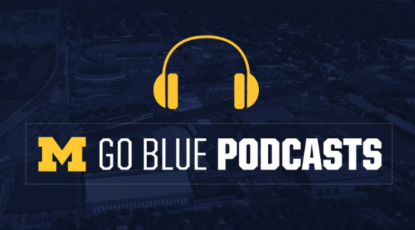
MGo Blue podcasts
Explore the Michigan Athletics series "In the Trenches," "On the Block," and "Conqu'ring Heroes." -

Michigan Ross Podcasts
Check out the series "Business and Society," "Business Beyond Usual," "Working for the Weekend," and "Down to Business." -

Michigan Medicine Podcasts
Hear audio series, news, and stories about the future of health care.
Creativity and connection across prison walls
One of the world’s largest and longest-running exhibitions of incarcerated artists is back with new programming designed to foster connection and deepen public understanding of incarceration in Michigan. The 29th annual Exhibition of Artists in Michigan Prisons, curated by U-M’s Prison Creative Arts Project, showcases 772 artworks by 538 artists incarcerated in 26 state prisons. The Duderstadt Center Gallery on U-M’s North Campus is presenting the artwork through April 1.





